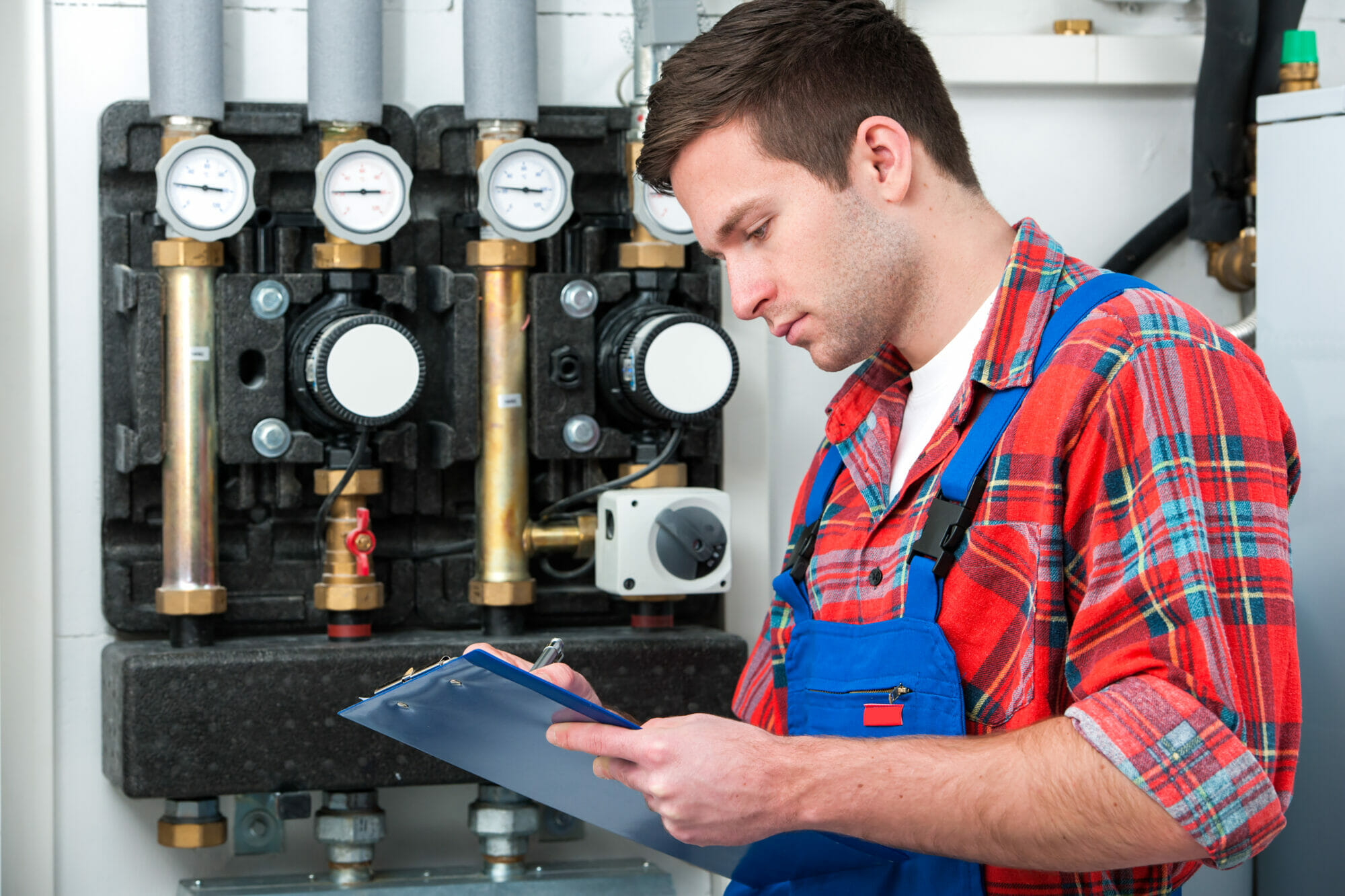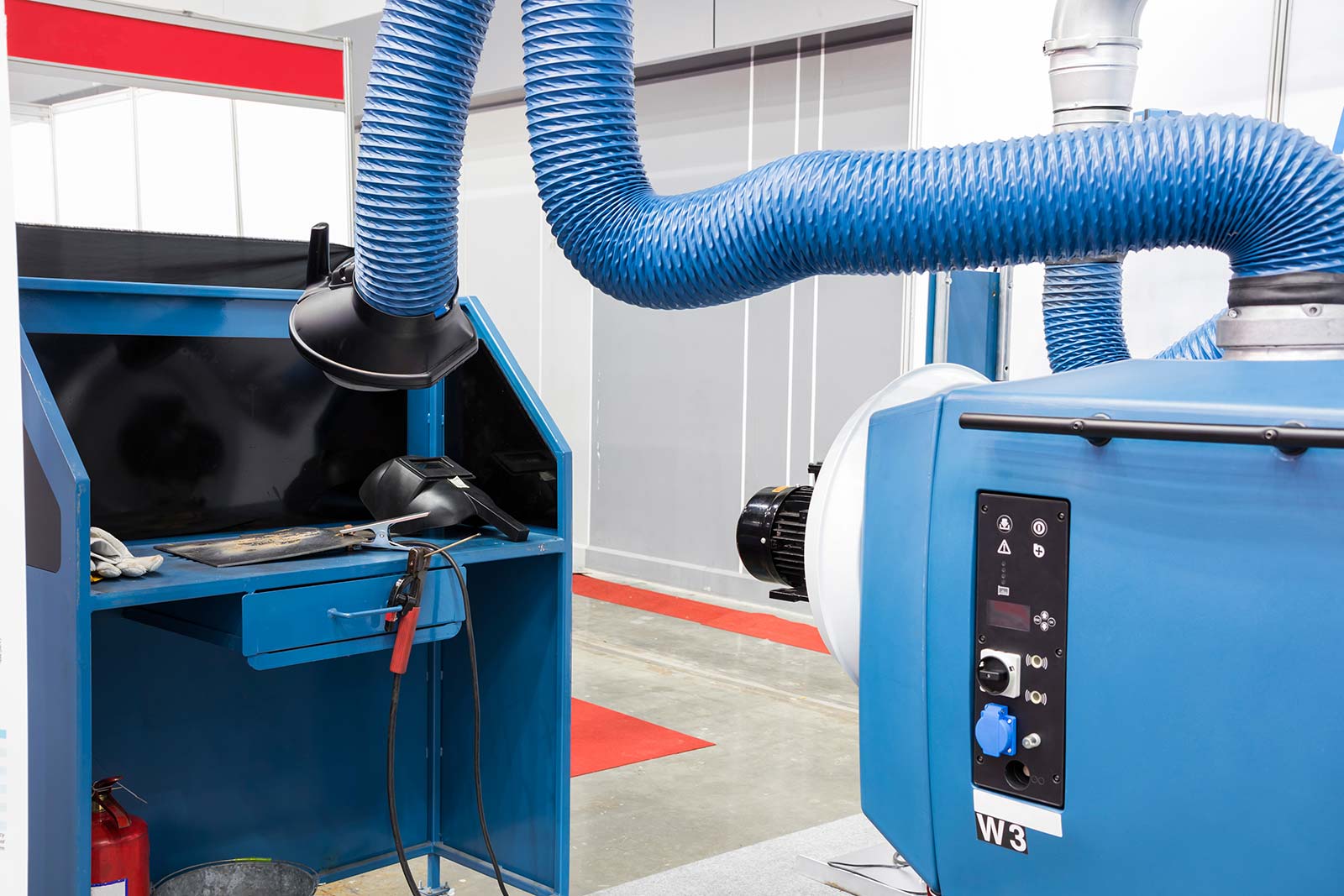Understanding The Necessity of Proper Ventilation in Plumbing Systems
Understanding The Necessity of Proper Ventilation in Plumbing Systems
Blog Article
In this article below you will discover additional professional resources all about What Are Plumbing Vents and Why Are They Important?.

Proper ventilation in plumbing systems is often ignored, yet it is crucial for keeping the functionality and security of your home's plumbing. Ventilation helps regulate air pressure, stop the build-up of unsafe gases, and ensure the reliable elimination of waste. In this guide, we will check out the value of proper plumbing ventilation, how it functions, and the benefits it gives your plumbing system.
Exactly How Ventilation Functions in Plumbing Solutions
Atmospheric Pressure Law
Appropriate air flow keeps well balanced atmospheric pressure within the plumbing system. When water flows with pipelines, it displaces air. Without ample ventilation, this variation can produce unfavorable stress, leading to slow down drains pipes or siphoning of water from traps, which can cause unpleasant smells to permeate right into the home.
Stopping Sewer Gas Buildup
One of one of the most essential features of plumbing vents is to avoid drain gases, such as methane and hydrogen sulfide, from accumulating within the home. These gases can posture significant health dangers and are very flammable. Vent pipes enable these gases to get away securely outside.
Helping in Waste Removal
Ventilation helps in the efficient elimination of wastewater by stopping airlocks in the drain system. When air can stream openly with the vents, it permits water and waste to move smoothly via the pipelines, lowering the threat of obstructions and backups.
Advantages of Proper Ventilation
Improved System Effectiveness
Properly aerated plumbing systems operate extra efficiently, with fewer blockages, faster draining, and less pressure on the pipes. This efficiency extends the lifespan of the plumbing system.
Improved Air High Quality
By preventing sewage system gases from entering your home, correct air flow adds to far better interior air high quality, making your living setting healthier and extra comfy.
Protecting Against Water Damages
Ample air flow aids avoid water from being siphoned out of traps, which can cause drain gases getting in the home and triggering water damage in time.
Actions to Ensure Correct Air Flow
Consulting Pipes Codes
Constantly seek advice from neighborhood plumbing codes when making or changing your plumbing system. These codes give the essential guidelines for appropriate airing vent and guarantee your system meets safety and security requirements.
Normal Assessment and Maintenance
Routine evaluations can assist identify potential air flow problems before they become significant troubles. Upkeep tasks, such as cleaning up air vent pipelines and looking for obstructions, are crucial for maintaining the system in good working order.
Professional Installation
For new installations or major modifications, it's smart to work with an expert plumber. They have the expertise to ensure the ventilation system is properly created and mounted according to code.
Understanding Ventilation in Plumbing
Air flow in pipes refers to the network of pipelines that allow air to stream via the drain system. These vents serve multiple purposes, including managing atmospheric pressure within the pipelines, preventing drain gases from going into the home, and assisting in the smooth circulation of wastewater.
Types of Plumbing Vents
Main Stack Vent
The main pile vent, likewise referred to as the vent stack, is the primary air vent in a pipes system. It expands from the major drainpipe align with the roofing system, enabling gases to get away and fresh air to go into the system.
Branch Vent
Branch vents attach to the main stack air vent and offer private components, such as sinks, commodes, and showers. These vents guarantee that each fixture has ample ventilation to work appropriately.
Air Admission Shutoff (AAV).
An Air Admission Shutoff (AAV) is a one-way shutoff that enables air to go into the pipes system without the need for a conventional vent pipeline extending with the roofing system. AAVs are commonly used in remodellings or areas where installing a typical air vent is impractical.
Indicators of Poor Ventilation in Pipes.
Slow Draining Fixtures.
If your sinks, bathtubs, or commodes are draining pipes slowly, it could be an indication of poor ventilation. Inadequate air circulation can produce a vacuum effect, making it hard for water to drain appropriately.
Gurgling Seems.
Gurgling sounds originating from drains are often a result of air being drawn with water catches because of negative stress in the pipes. This is a clear sign of inadequate air flow.
Unpleasant Smells.
Drain odors inside your home are a red flag that your plumbing system is not effectively aerated. This might mean that sewage system gases are not being effectively vented outside, bring about possibly hazardous problems.
Typical Ventilation Mistakes.
Inadequate Vent Sizing.
Using undersized vent pipelines can bring about poor air flow and stress imbalances in the system. It's essential to use vents that meet the certain needs of your pipes system.
Improper Vent Placement.
Putting vents as well far from the components they serve can minimize their efficiency. Correct placement ensures that air can flow easily and effectively through the system.
Disregarding Code Demands.
Building regulations offer details guidelines for plumbing ventilation. Disregarding these codes can result in a system that fails to function appropriately and might cause expensive repair services or carcinogen.
Conclusion.
Appropriate ventilation is a critical element of any type of plumbing system, making sure that it operates effectively and safely. By comprehending the significance of air flow, recognizing the indicators of poor ventilation, and taking steps to maintain your system, you can prevent costly problems and safeguard your home's air top quality.
What is a Plumbing Vent and it's used for?All plumbing systems in residential and commercials construction have a plumbing vent. It doesn’t just vent unwanted odors from the drainage system to the outside; it actually serves an important purpose by supplying air to the system.
The plumbing drainage system is actually called a drainage, waste and vent (DWV) system. When water flows down the piping, an air supply (vent) is needed to allow the water to flow. Think of the vertical pipe as a drinking straw. If you plug the top end of a straw, liquid won’t drain from it.
The DWV system in your building consists of a series of pipes connected to each fixture; they extend above each fixture, and the system terminates at an open pipe that extends through the roof. This piping allows air into the system and prevents unbalanced pressures in the piping.
?The vent also prevents the system from drawing water out of a trap at the fixture with the characteristic “glug-glug-glug” as the drain gasps for air. Plumbing traps should drain smoothly and never “glug” or gasp for air.
If you have a drain that empties slowly or gurgles as it drains, this may indicate a venting problem. If you flush a toilet and the sink gurgles, there’s definitely a vent problem. It is good idea to have a Plumber check this.
https://www.ameliashomeinspection.com/blog/what-is-a-plumbing-vent-and-its-used-for

As an avid person who reads about What Are Plumbing Vents and Why Are They Important?, I was thinking sharing that short article was sensible. Do you know another person who is looking into the niche? Feel free to share it. We recognize the value of reading our article about .
Apply Now Report this page